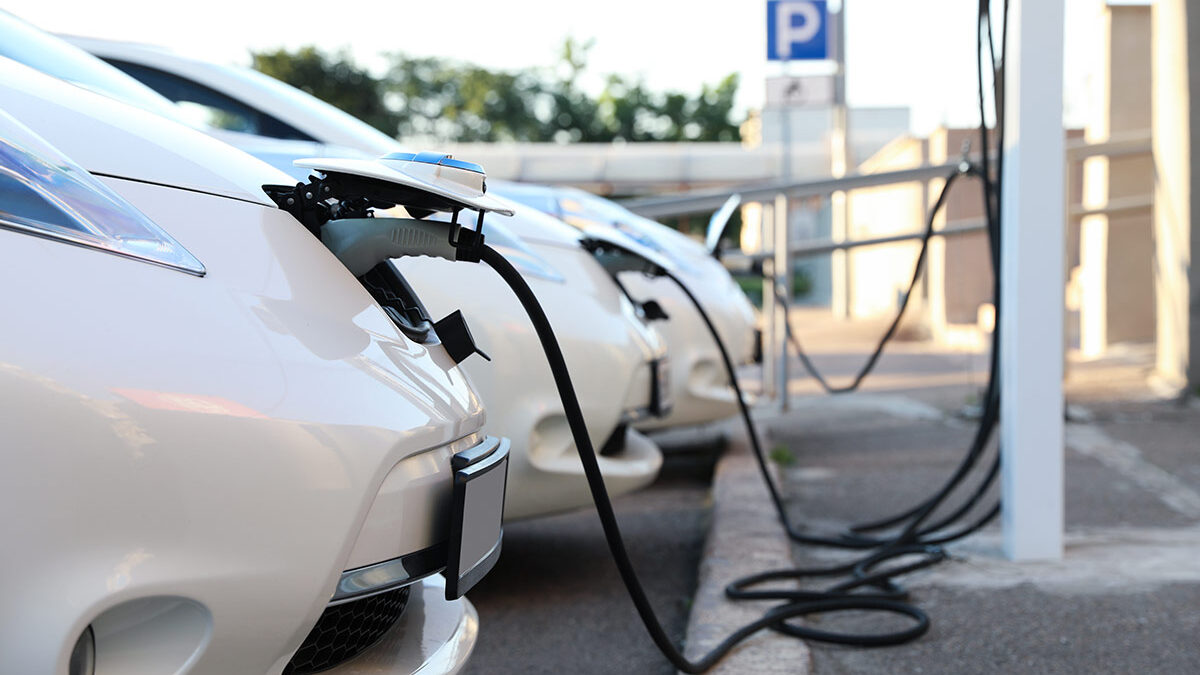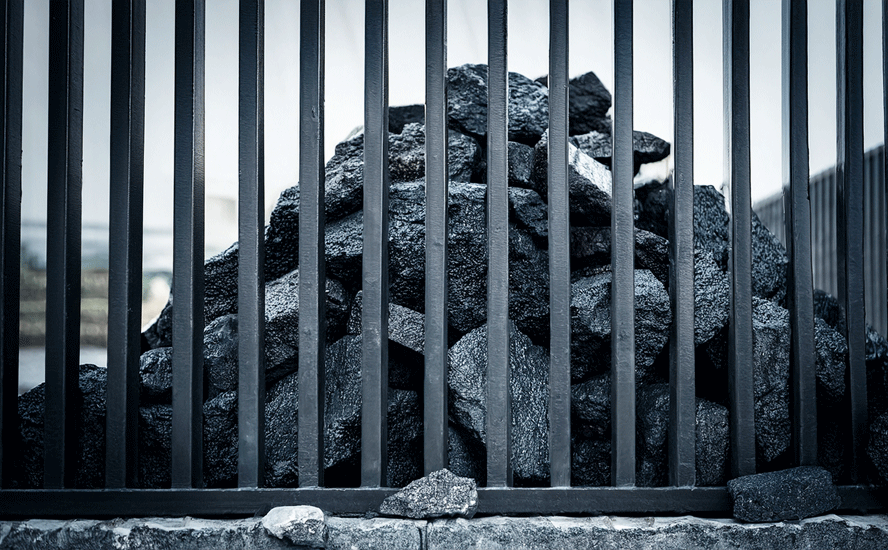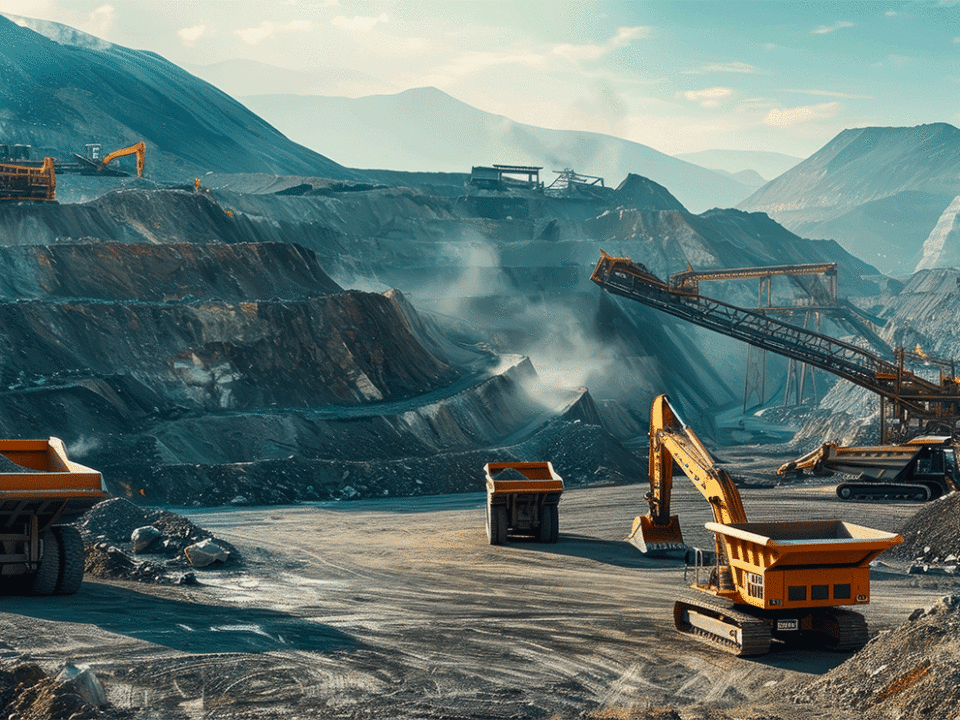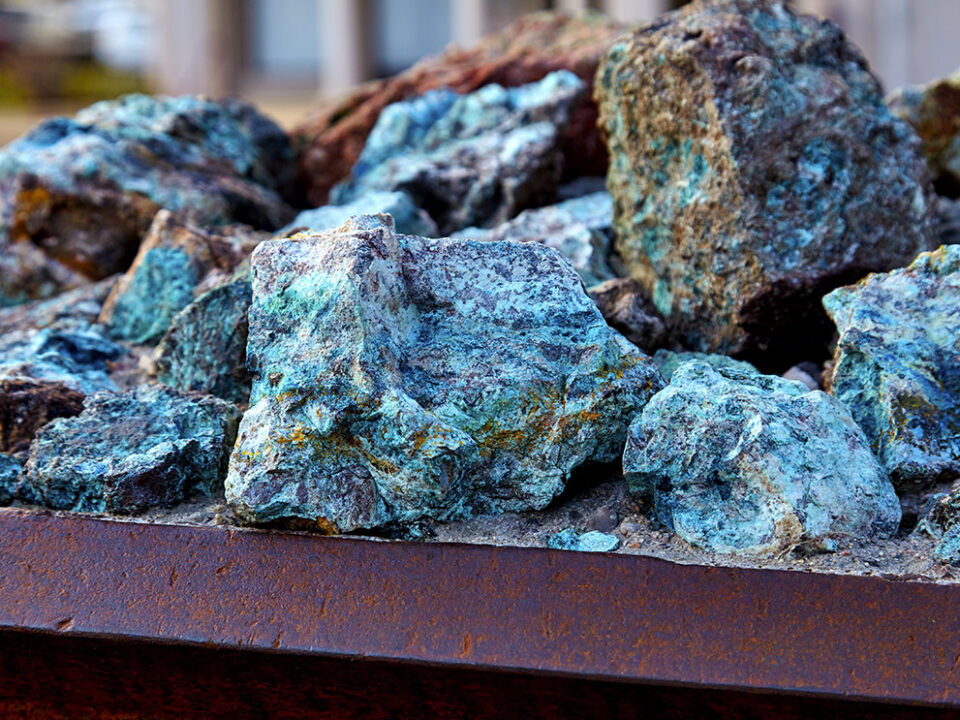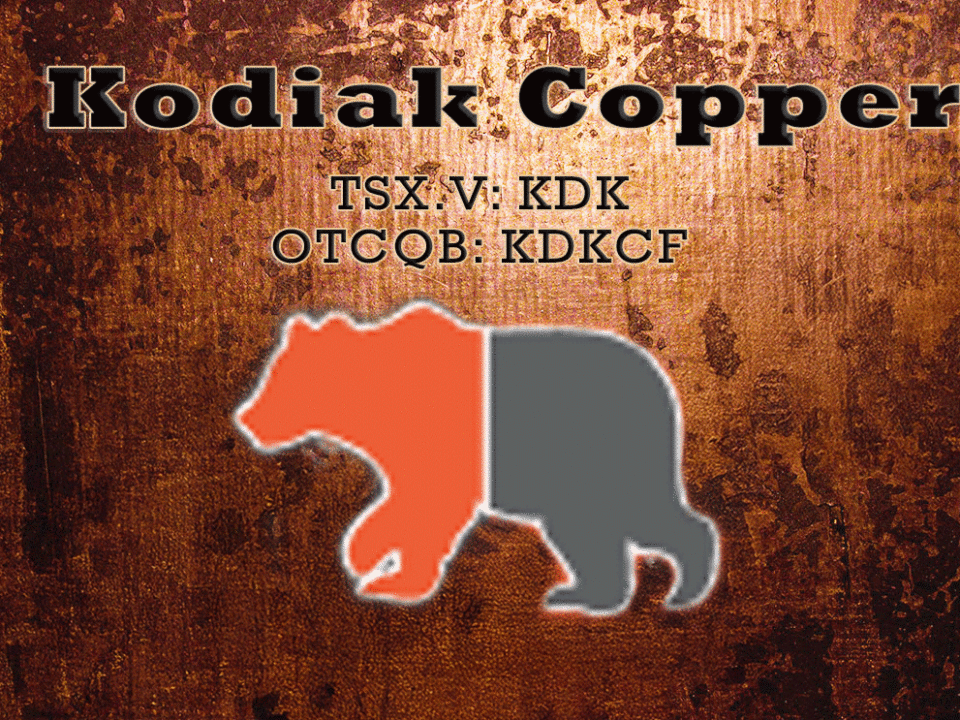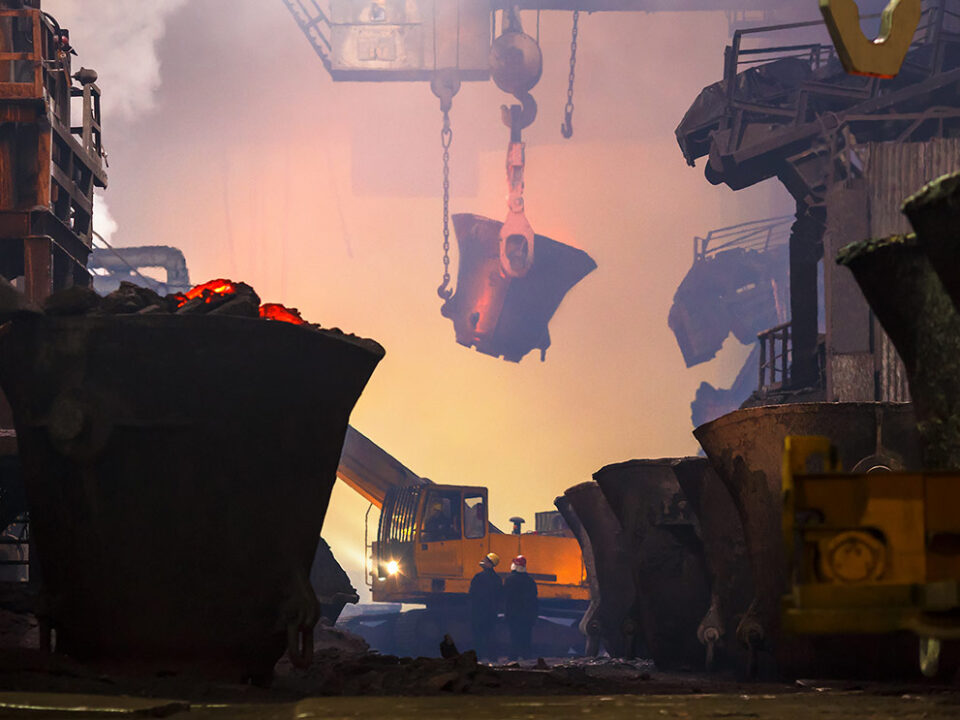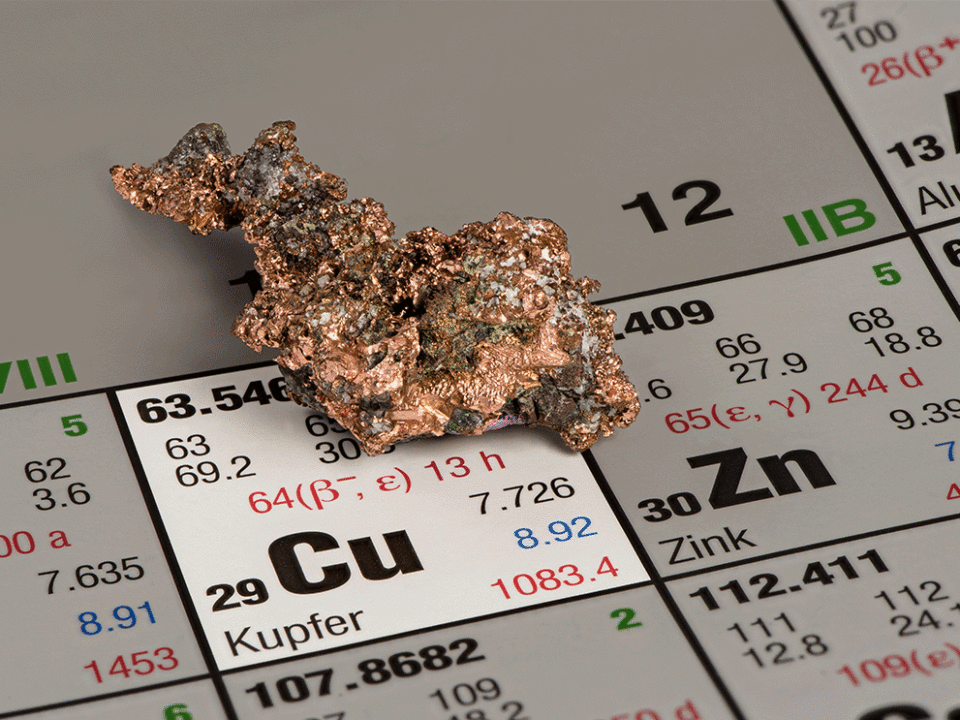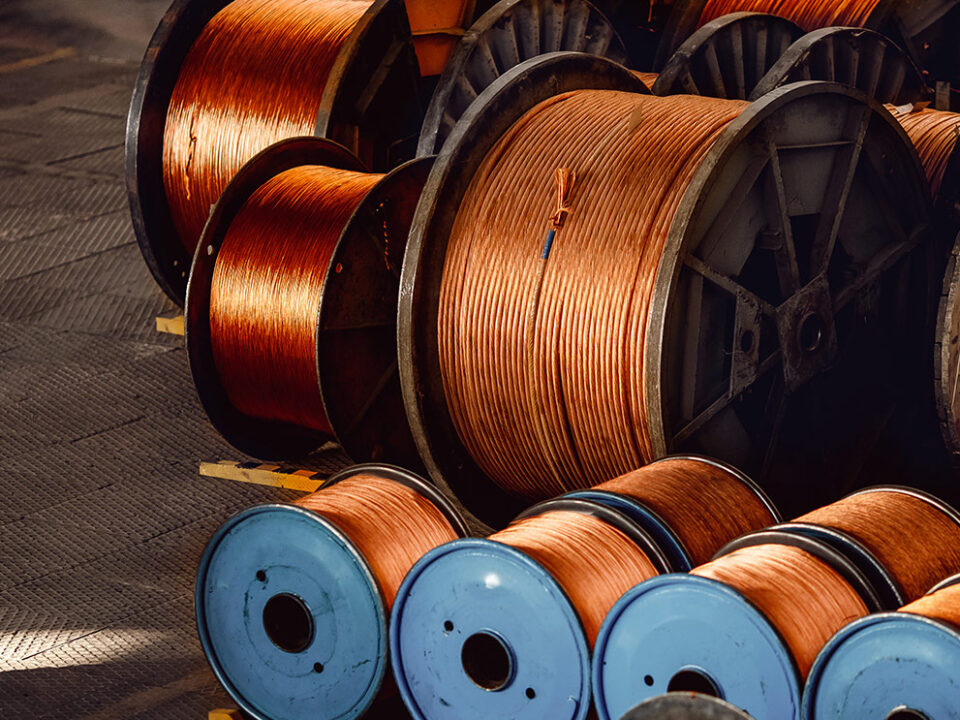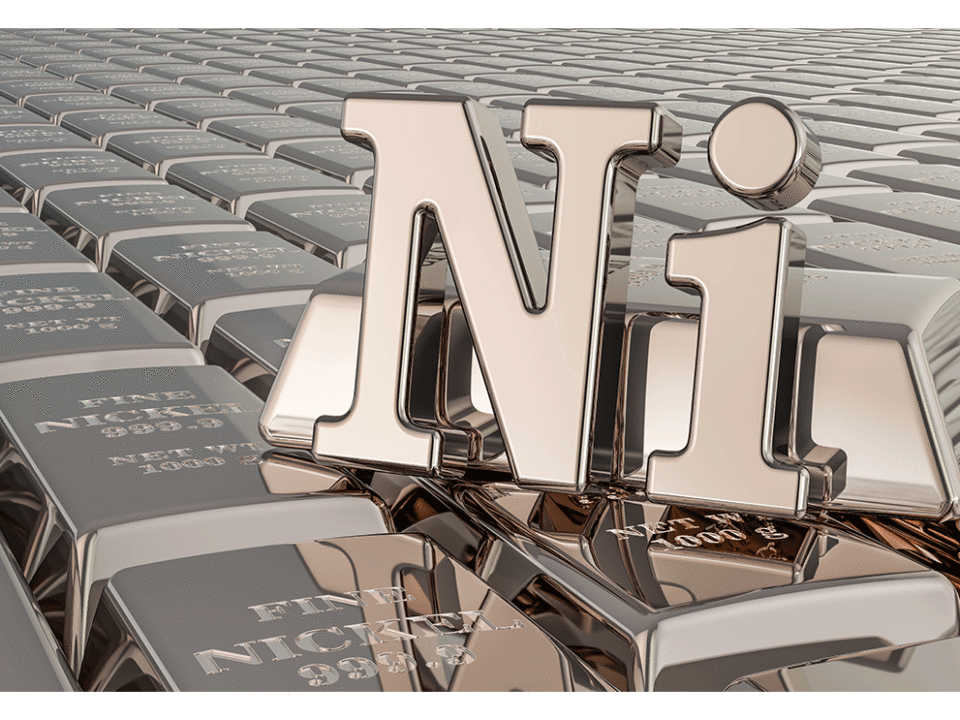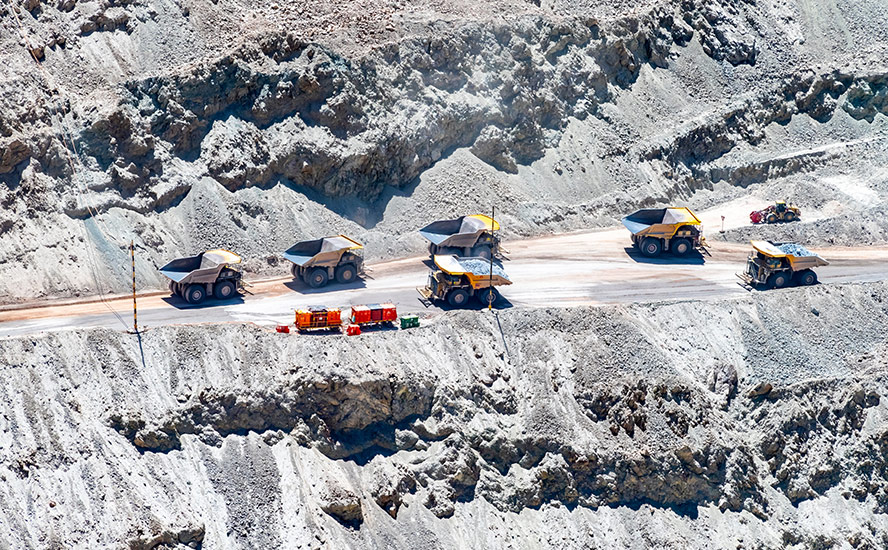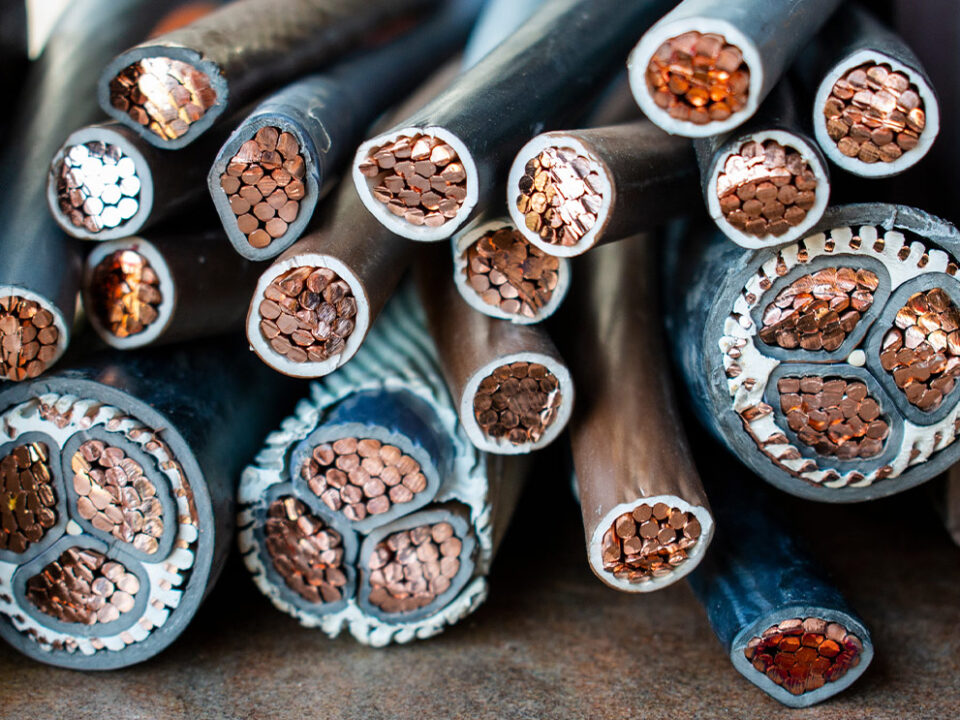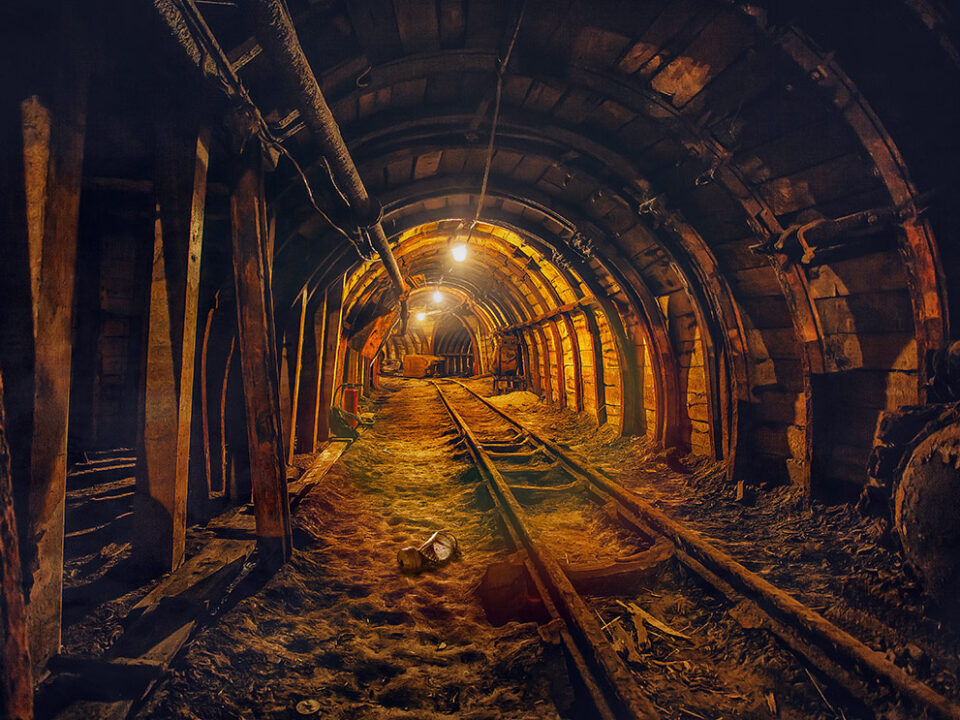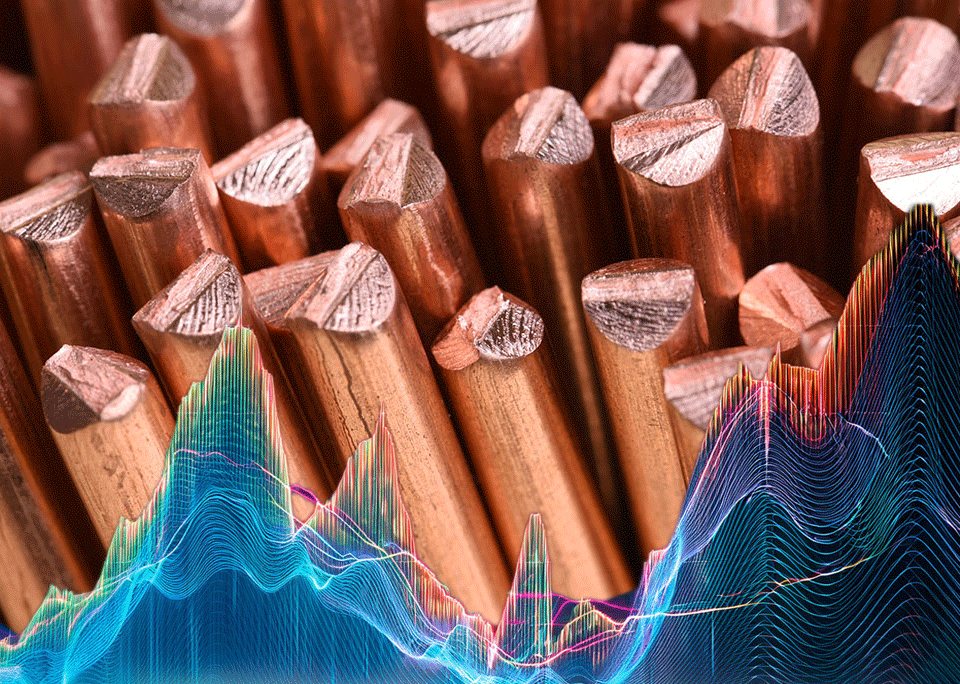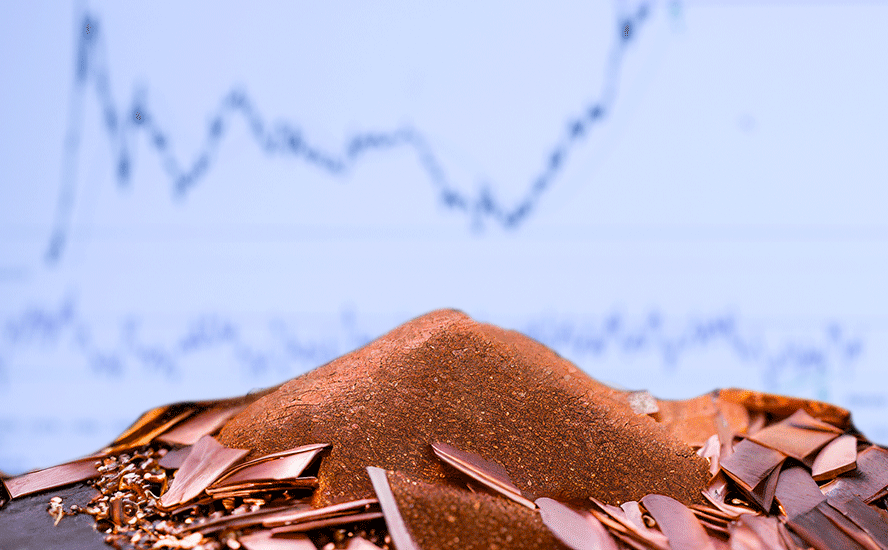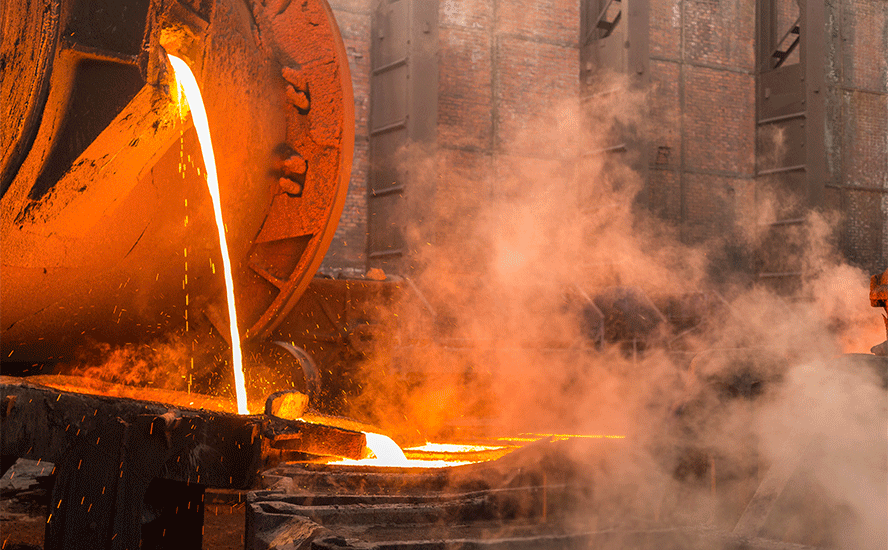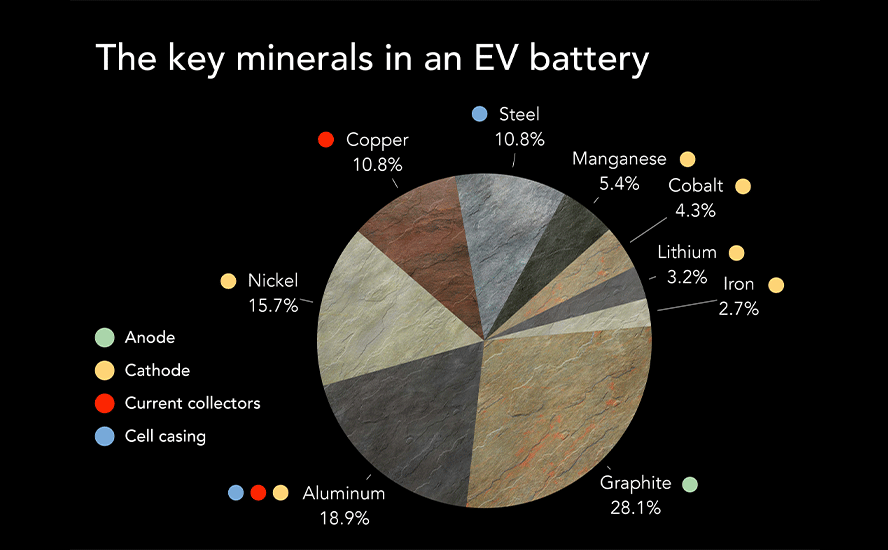Victory Resources commits to lithium exploration as global race to secure EV battery raw materials heats up
2021.10.14
The mining industry has been headlined by several major deals involving lithium firms over the past week.
This should be of no surprise as the battery metal has been trending up since the beginning of the year. Following a second rally at the onset of the third quarter, lithium prices have shot up to their highest since 2018.
In China, the #1 electric vehicle market globally, lithium carbonate prices have shot up nearly five-fold over the past year and are trading near record highs.
Price of the key battery ingredient held around 165,000 yuan (~$25,000) per tonne in October, not far from the all-time high of 177,000 hit in late September, due to tight supply and stable battery demand.
Year-to-date, lithium prices are up a stunning 160%, based on the price index (including lithium carbonate and hydroxide) tracked by Benchmark Mineral Intelligence (BMI), the world’s leading battery supply chain researcher and price reporting agency.

The rally comes amid a global push for less polluting energy sources, which has automakers and battery manufacturers racing to secure supplies of so-called ‘future-facing commodities’ such as lithium.
China’s Lithium Buy Spree
China in particular has been actively and aggressively pursuing deals to secure battery materials as it looks to establish a dominant position in the global EV supply chain.
The nation’s top battery maker, Contemporary Amperex Technology Co. (CATL), recently outbid Ganfeng Lithium to acquire Canadian miner Millennial Lithium Corp., which holds lithium assets in Argentina.
As China’s largest lithium compounds producer and the world’s biggest lithium company by market value, Ganfeng has gone on an acquisition spree over the years, having invested in several lithium projects in Argentina (Caucharí-Olaroz, Mariana), Australia and China.
In August, Ganfeng proceeded with a takeover of Mexico-focused lithium developer Bacanora, and in the same month, inked a four-year supply deal with Australia’s Core Lithium for 300,000 tonnes of spodumene concentrate, a partly processed form of the battery material.
“We have and will continue to see the Chinese looking to buy lithium,” Matthew Hind, head of global mining at Bank of Nova Scotia’s investment banking division, said in a recent Reuters report, adding that “there will also be small-cap consolidation as well as EV companies buying stakes in mines with strategic partners in order to secure supply.”
It didn’t take long for Hind’s prediction to come true either.
In somewhat of a surprise move, China’s Zijin Mining Group Co., known for its status as a major gold and copper producer, announced last week its first foray into the lithium sector with a $770 million purchase of Neo Lithium Corp., outbidding many other Chinese bidders.
Neo Lithium’s main asset is a high-grade brine operation in Argentina, with CATL already being one of its backers.
“As Zijin is a gold-copper producer and Neo Lithium is still some years from commercial production, this deal exemplifies how hot the market is for independent lithium assets, and how eager the Chinese are,” Chris Berry, president of House Mountain Partners, a Washington-based industry consultancy, told Bloomberg.
In total, Bloomberg Intelligence analyst Christopher Perrella estimates five companies essentially control the $4 billion global lithium market, two of which are Chinese.
Battery Metals Race
The race to secure battery materials is taking place outside of China as well.
Rock Tech Lithium Inc., which is backed by venture capitalist Peter Thiel, plans to locate its first battery metals smelter within a 90-minute drive of Tesla’s gigafactory under construction outside Berlin, in a bet that Germany will take the lead in Europe’s electric vehicle transition.
South Korea’s LG Energy Solution, one of the biggest EV battery makers globally, recently agreed to buy as much as 100,000 tonnes of lithium a year as part of a six-year “take-or-pay” deal with Vancouver-based Sigma Lithium Corp., which controls a hard rock lithium deposit in Brazil.
In Australia, the world’s biggest lithium exporter, Prime Minister Scott Morrison plans to establish a A$2 billion ($1.5 billion) loan facility for the development of critical minerals projects, with the mining powerhouse aiming to win a bigger market share for materials used in electric cars.
In short, demand for lithium is accelerating around the world, with sales of electric vehicles growing at a faster pace than previously thought.

According to SQM, one of the top producers of the battery ingredient, EV demand surged more than 150% in the first half of 2021 from a year ago. As a result, the Santiago-based firm estimates that global lithium demand could increase more than 40% this year, translating into a sales volume of more than 95,000 tonnes, up by 10,000 tonnes from its previous forecast.
Data from battery consultancy Rho Motion shows global EV sales were up 150% in the seven months to July to over 3 million units compared to the same period in 2020, with about 1.3 million sold in China alone. For 2021, Rho Motion expects sales to reach as high as 5.8 million.
Longer-term, BloombergNEF estimates that the green energy transition will result in a five-fold increase in global lithium consumption by the end of this decade.

In light of a global race for battery minerals, a recent World Economic Forum report forecasts that the global market for lithium-ion batteries will reach $300 billion annually by 2030.
Supply Crisis
The EV boom has naturally depleted stocks of battery materials such as lithium, causing the supply to tighten in major markets.
In China, lithium carbonate output in August rose 19% year-on-year to almost 20,000 tonnes, according to state-backed research house Antaike, but this output would be easily outstripped by demand from the EV sector.
BMI estimates that demand for lithium is expected to jump 26.1%, or about 100,000 tonnes LCE, to a total of 450,000 tonnes this year, more than enough to flip the entire market into a deficit.
Prices are already climbing across the supply chain. Pilbara Minerals Ltd.’s second auction of spodumene concentrate attracted a top bid of $2,240/tonne for a cargo of 8,000 tonnes, up from $1,250 in its inaugural tender in July.
China’s lithium carbonate has almost doubled in just two months, and lithium hydroxide is up more than 70% in the period, according to Asian Metal Inc. data.
Exacerbating the lithium supply crunch are the high production costs arising from the global energy crisis.
Ganfeng has already told customers that it is raising prices for lithium metal products by 100,000 yuan ($15,500) per tonne for the next month, partly because of China’s power supply shortages.
However, even before the reduced industrial output, BMI analyst George Miller had previously forecast an LCE deficit of 25,000 tonnes this year, with acute deficits expected in 2022 and beyond.
Given China represents more than 60% of the world’s processing capacity, the actual supply deficit is likely to exceed estimates by the end of this year.
“Unless we see significant and imminent investment into large, commercially viable lithium deposits, these shortages will extend out to the end of the decade,” Miller added.
A lengthy slump since 2018’s peak meant investment in the sector slowed, and the pandemic has since exacerbated global supply constraints.
“The financing for lithium projects is still too little, too late,” Cameron Perks, a Melbourne-based analyst at BMI, said in a Bloomberg report. “The market deficit is already occurring.”

“As prices increase now, there will be unknown yet-to-be-announced projects and expansions that will help to increase supply to meet demand. That is almost a certainty. What is not certain is just how many unknown projects there are out there,” Perks added.
“There’s also a possibility that not enough lithium can be mined, then it could risk a slower EV roll-out.”
All signs are pointing towards a sustained market shortage for the battery metal in the coming years. China, seeking to maintain a dominant position in the EV industry, has perhaps triggered a flurry of deals and new investments in the lithium sector, which could soon be followed by many others.
Smokey Lithium
Sooner or later, the big players in the EV battery space (i.e. China) will turn to projects outside South America’s Lithium Triangle, as political factors are most likely to influence mining decisions in these countries in the future.
One place we’ve previously discussed in detail is the Clayton Valley of Nevada, whose lithium deposits contain favorable characteristics such as arid climate, closed basin containing a playa or salar, tectonically driven subsidence, associated igneous or geothermal activity, and suitable lithium source rocks.
The Clayton Valley is also where Albemarle’s Silver Peak mine, the only lithium-producing site in North America, is found.
Leveraging Nevada’s favorable geology and rich mining history, several companies have begun exploring its claystones and brines over recent years, with the goal of developing the next lithium source for the EV battery supply chain.
Among those lithium explorers in Nevada, we are particularly intrigued by Victory Resources Corporation (CSE: VR) (FWB: VR61) (OTC: VRCFF), which is anticipating further advancement on its Smokey lithium project in the near term to benefit from the EV revolution.
Victory’s Smokey lithium project is located about 35 km west of Tonopah, Nevada, within the famous Big Smokey Valley that traverses three counties across the state.
Esmeralda County — where the project is situated — is one of the world’s most prolific regions for lithium clay deposits (Noram, Cypress, American Lithium, Spearmint, Enertopia, Jindalee). These deposits all have proven large tonnages with acceptable lithium grades in excess of 900 ppm.
The Smokey lithium property lies approximately 35 km north of Clayton Valley, adjacent to and possibly on trend with the Clayton North project (930 ppm Li) held by Australia’s Jindalee Resources Ltd.
Farther away, Noram’s Zeus lithium project (900 ppm Li) is about 25 km to the southeast, while 35 km to the northeast is American Lithium’s flagship Tonopah Lithium Claims property (1,000 ppm Li).

In this prolific lithium region hosting, Victory’s Smokey project covers a total of 350 claims covering 7,000 acres of land with excellent access and relatively flat ground.
The property shares similar geologic settings to the Clayton Valley and the many exploration projects nearby. It is located in the Walker Lane trans tensional corridor on the western margin of the Basin and Range province.
The property’s geology consists of Miocene – Pliocene tuff deposits, claystones and siliciclastic beds (Esmeralda Formation) with overlying younger alluvium deposits and desert pavement formation. The claystone, which can carry high lithium concentrations, is observed as highly weathered light grey to tan mounds of unconsolidated clay from 0.10-1.50m thick.
The flat-lying nature of the claystones, together with the frequent occurrence of transported cover, requires drilling to fully validate and assess the Smokey project’s lithium potential.
Based on strong results from this summer’s geological sampling, which indicated several areas of high lithium values (up to 1,500 ppm Li), Victory is now fast-racking a drill permit application for the Smokey lithium property.
Conclusion
Victory’s progress at its Smokey project comes just as when lithium is in the midst of another record-setting rally.
The BMI lithium index has already shot up by 160% year to date, with prices averaging $10,800 during the first half of 2021 versus over $17,000 in 2018.
Strong demand for lithium-ion batteries for EVs and other applications is expected to put a strain on the global supply of battery raw materials, which will likely invoke a string of new investments.
China’s biggest battery makers and miners are already gobbling up lithium assets left, center and right, with more deals still left to be done. Lithium has gotten so hot in China that even the gold miners now want to join in on the act.
With the global race to secure minerals in full throttle, there will be calls made to companies holding lithium projects within the most prolific regions of the world.
In the Clayton Valley of Nevada, best known for its affluence of lithium clay deposits, Victory Resources, with a strategic focus on serving the EV sector, is gearing up for drilling at its highly prospective Smokey lithium property, and just one discovery hole from that could be a game-changer for the company.
Seeing many others have previously found success in this area, we expect Victory to deliver more exciting news later this year.
Victory Resources Corp.
CSE:VR | FWB: VR61 | OTC:VRCFF
Cdn$0.055, 2021.10.12
Shares Outstanding 89.9m
Market cap Cdn$5.4m
VR website
Richard (Rick) Mills
aheadoftheherd.com
subscribe to my free newsletter
Legal Notice / Disclaimer
Ahead of the Herd newsletter, aheadoftheherd.com, hereafter known as AOTH.
Please read the entire Disclaimer carefully before you use this website or read the newsletter. If you do not agree to all the AOTH/Richard Mills Disclaimer, do not access/read this website/newsletter/article, or any of its pages. By reading/using this AOTH/Richard Mills website/newsletter/article, and whether you actually read this Disclaimer, you are deemed to have accepted it.
Any AOTH/Richard Mills document is not, and should not be, construed as an offer to sell or the solicitation of an offer to purchase or subscribe for any investment.
AOTH/Richard Mills has based this document on information obtained from sources he believes to be reliable, but which has not been independently verified.
AOTH/Richard Mills makes no guarantee, representation or warranty and accepts no responsibility or liability as to its accuracy or completeness.
Expressions of opinion are those of AOTH/Richard Mills only and are subject to change without notice.
AOTH/Richard Mills assumes no warranty, liability or guarantee for the current relevance, correctness or completeness of any information provided within this Report and will not be held liable for the consequence of reliance upon any opinion or statement contained herein or any omission.
Furthermore, AOTH/Richard Mills assumes no liability for any direct or indirect loss or damage for lost profit, which you may incur as a result of the use and existence of the information provided within this AOTH/Richard Mills Report.
You agree that by reading AOTH/Richard Mills articles, you are acting at your OWN RISK. In no event should AOTH/Richard Mills liable for any direct or indirect trading losses caused by any information contained in AOTH/Richard Mills articles. Information in AOTH/Richard Mills articles is not an offer to sell or a solicitation of an offer to buy any security. AOTH/Richard Mills is not suggesting the transacting of any financial instruments.
Our publications are not a recommendation to buy or sell a security – no information posted on this site is to be considered investment advice or a recommendation to do anything involving finance or money aside from performing your own due diligence and consulting with your personal registered broker/financial advisor.
AOTH/Richard Mills recommends that before investing in any securities, you consult with a professional financial planner or advisor, and that you should conduct a complete and independent investigation before investing in any security after prudent consideration of all pertinent risks. Ahead of the Herd is not a registered broker, dealer, analyst, or advisor. We hold no investment licenses and may not sell, offer to sell, or offer to buy any security.
Richard does not own shares of Victory Resources Corp. (CSE:VR). VR is an advertiser on his site aheadoftheherd.com
This article is issued on behalf of VR
Legal Notice / Disclaimer
Ahead of the Herd newsletter, aheadoftheherd.com, hereafter known as AOTH.Please read the entire Disclaimer carefully before you use this website or read the newsletter. If you do not agree to all the AOTH/Richard Mills Disclaimer, do not access/read this website/newsletter/article, or any of its pages. By reading/using this AOTH/Richard Mills website/newsletter/article, and whether you actually read this Disclaimer, you are deemed to have accepted it.

